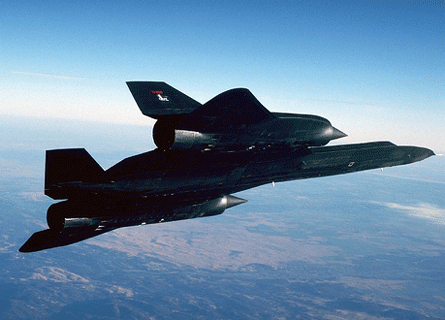Some military theorists believe this is a new age of warfare. The most advanced and unique platforms, such as the Lockheed Martin F-22, apparently now can be replaced or overcome by systems comprised of less capable equipment.
As this theory transitions to reality, the US Senate's move last week to stop F-22 production after 187 aircraft may be remembered as an inflection point.
Secretary of Defense Robert Gates has never used the outdated and now-loaded term "transformation" in his case against building any more F-22s. But his strategy is clearly influenced by those who say that the era of building increasingly complex and iconoclastic platforms is over.
 |
|---|
© Lockheed MartinLike the F-22, the SR-71 Blackbird was without peer |
In this sense, the F-22 can be viewed as a modern corollary to the SR-71 Blackbird, another Lockheed platform that proved as much a finely tuned weapon as it was a precious work of art. As the SR-71 had no peer during its time, the F-22 is today the world's best fighter, and it will likely remain so until its retirement.
That is, of course, unless the Russians and Chinese acquire the skills to build an equivalent platform. But it is difficult to imagine how they could afford it. If the SR-71 and F-22 strained the resources of even the mighty US Air Force, how could any other military even try, especially in the absence of an actual conflict?
However, like the SR-71, the F-22's superior performance comes at a cost. The Raptor is expensive to buy and fly, tricky to upgrade and hard to maintain.
The more painful truth is the F-22 is a flying contradiction to the systems theorists. It was designed to be a technological loner, even as the battlespace becomes increasingly networked.
In the Northrop Grumman APG-77 radar and the BAE Systems ALR-94 electronic warfare suite, the F-22 may possess the two most powerful sensors ever installed on a tactical aircraft. And, yet, its intelligence data does no-one any good besides other F-22 pilots.
Ten years after the network-centric warfare revolution started, the F-22 still cannot transmit its collected intelligence to others with an urgent need for the information.
But cancelling F-22 production now is not without risks. In the previous age of platforms, the F-22 may have been the peak. This may be the age of networks and sensors. But if those platforms are not fast, stealthy or numerous enough to perform the mission, what good are they?
Source: Flight International
















